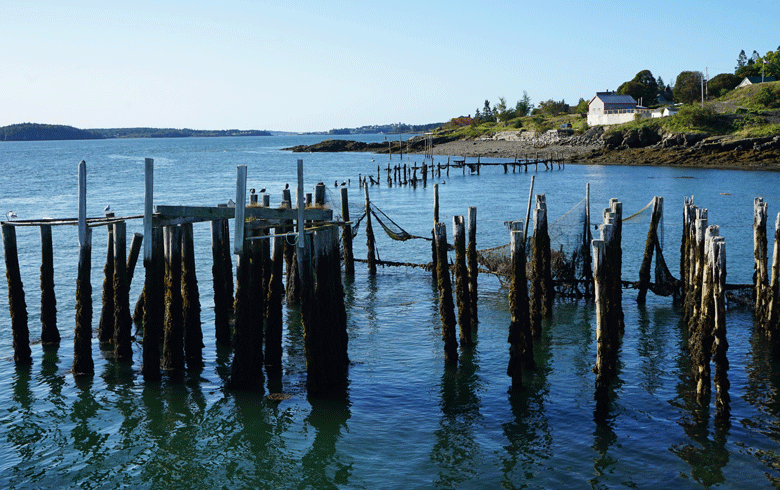As a child in Eastport, I often heard stories about the Quoddy Project, then not 20 years in the past. The project was going to generate electricity from tides using dams and impoundment pools. A workforce village and a causeway to the island on which Eastport is located were built, but dreams for tidal energy were unfulfilled.
Seventy years later, in 2006, a different approach for generating electricity from the region’s tides was presented. Instead of dams and impoundments, the approach would use instream devices placed below the water surface to tap the energy from currents in the sweet spot in the water column.
As with other renewable energy technologies, the development of this new approach requires time to mature. It also requires effort in documenting environmental suitability and improving design, manufacturing, and installation methods. This pathway to cost reduction and improved efficiency is commonplace in new product development and is similar to the roadmaps followed by the wind and solar industries on their way to market acceptance.
ETIPP provides coastal and islanded communities the opportunity to plan collaboratively with technical assistance…
For the past 15 years, I have helped with the effort to develop this technology in Eastport for Ocean Renewable Power Company (ORPC), the business for which I work.
The result are power systems that operate in both oceans and rivers. The knowledge gained is being exported to other regions in the world, starting with remote, off-grid communities eager to reduce or eliminate use of diesel fuel.
Working with the local community, our team provides the ability to access the river or tidal resource as a baseload power supply to reduce cost and environmental risk while creating new workforce skills. Our progress has created improved approaches to tidal energy development in Maine.
And in the past 15 years, the overall electric energy industry has seen change. Different renewable energy technologies have advanced, and infrastructure modifications are able to integrate more distributed and less centralized energy, including both residential and industrial-scale assets. There is great interest in microgrids, energy storage systems, and locally sourced energy generation.
These modifications, along with new visions for energy supply and use, in my layperson’s view, require change in both hardware and real-time management of how our electricity is produced, distributed, and consumed. History is replete with cases where momentum for change can result in error. Planning is essential to minimize the risk of such error.
At a community level, one planning tool is the Energy Transitions Initiative Partnership Program (ETIPP) provided by the U.S. Department of Energy (DOE). ETIPP provides coastal and “islanded” communities the opportunity to plan collaboratively with technical assistance provided by U.S. National Laboratories. In Maine, the Island Institute (publisher of The Working Waterfront) is the regional program facilitator.
In 2021, DOE selected Eastport to participate in ETIPP, providing the community with a near-term opportunity to integrate a local energy source to enhance electric reliability, provide electricity for critical infrastructure, and re-institute backup power capability.
The Island Institute has provided an Island Fellow to the city of Eastport to help facilitate the 18-month program. Along with the national lab expertise, Versant Power is providing knowledge of the Eastport grid, and ORPC is providing insight on the tidal energy resource from Western Passage.
The ETIPP effort involves significant data gathering, modeling, and evaluating initiatives that can assist Eastport with energy transition over the next 10-20 years. Such a plan also will help Eastport secure federal investment in electrical infrastructure upgrades.
While a community may decide to keep the status quo, new energy paradigms are coming. They will be more visible as the infrastructure for electric vehicle charging, heat pumps, and 5G networks become more widespread.
ETIPP is a solid planning tool because it creates a partnering opportunity with technical assistance from those engaged daily with implementing a new complex and dynamic electrical system.
I see these partnerships being the best path toward realizing the benefits of an energy transition. I’m fortunate to be part of the project team and pleased that my community has received this opportunity.
Bob Lewis is an Eastport native with experience in industrial facility management. He provides the upfront planning for the operation of ORPC’s tidal energy projects and is the company’s safety officer.





